Designing the IMOCA 60
Published on November 8th, 2016
Having designed 12 of the 29 IMOCA 60s competing in the eighth edition of the Vendée Globe, Vincent Lauriot-Prévost of VPLP Design looks back over an exceptional period in yacht design.
How does a firm specializing in multihulls start making monohulls for the Vendée Globe?
It’s a process that derived from a pragmatic observation. By the mid-2000s, after Groupama 2 and the decline of the ORMAs, we realized we had come to the end of a cycle and so we decided to focus our efforts on the IMOCAs.
We were already in touch with French yacht designer Guillaume Verdier who, at the time, was working on Yves Parlier’s Hydraplaneur. He had done an internship with us, as well as a stint with Finot-Conq, the reference in monohull design back then. We thought about designing an IMOCA but neither of us felt we had the credibility to do it on our own.
And yet together, in 2006, you secured the Safran contract, didn’t you?
Yes, we kicked around an idea for an Ultimate for Florence Arthaud, which we offered to Safran. And when Safran chose the IMOCA we worked on Marc Guillemot’s project, who was a candidate for the position of skipper. When Safran selected him, we signed on too. And the sponsor wasn’t unhappy about initiating a revolution in yacht design.
What was this revolution in yacht design exactly?
Up until then the boats were heavy and powerful. We thought we could design monohulls that, like multihulls, were still powerful but light. So we undertook a zero-tolerance approach to saving weight.
As for the power, we got that from designing squarer lines, with sharper bilges running the length of the hull. At the same time, we moved the rigging further aft, shortened the boom and steepened the stays to lift the bow out of the water. We did a lot of work on the tilt of the keel, by increasing its angle of attack considerably, and we developed curved daggerboards to promote lift, and we simplified the forces.
All that produced, even in the first-generation IMOCAs, boats that were more responsive, faster and easier to handle. Our first IMOCAs weighed up to 1.5 tonnes lighter than those of our competitors!
Are the foils a revolution too?
Previously, when we lightened a boat it had an impact on the righting moment, and that was something we just accepted. Today, thanks to the foils, we can lighten a boat without losing any righting torque – yes, it is the innovation of the decade, no doubt about it! And keel tilt has gone from 2° to 7°, and that produces more lift. At 22 to 25 knots a foiling IMOCA reduces its displacement by almost half without losing power.
But foils are more of a hindrance than a help in light airs and sailing close-hauled, aren’t they?
For the early versions of the foils, that was true. But most of the imperfections have been ironed out of the Version 2s. We had designed asymmetric shafts to generate vertical lift but, when heeling, we noticed that they had the opposite effect. We discovered it’s the curve between the tip and the shaft which delivers the vertical lift. So we drew up some symmetrical shafts, as neutral as possible, and the V2 gained enormously in stability.
What can we expect for the next generation of IMOCAs?
Unless a disaster happens, the class won’t be changing much. We suggested that there needs to be greater equality between the generations.
The early boats gain a huge advantage from the current rules because they can keep their original mast, and reinforce it, whereas the latest IMOCAs are, without a shadow of a doubt, hindered by their standardized mast.
On the design side, we are going to look at improving the hulls which, for example, could be made less beamy. Don’t forget, all the teams asked us to draw up hulls that could revert to daggerboards if the foils didn’t work! But, for the moment, nobody had asked us…
Explain the Verdier and VPLP partnership.
With Guillaume Verdier, we share the same view and convictions even though we have very different ways of solving problems. In the beginning, each side had their specific field: Guillaume did the hull and the structures, and we did the rest. But over time our teams started to work on the projects as a whole; although Verdier has a predilection for the structures, their specialty.
It’s a partnership that works well, I believe, and produces results! And it doesn’t stop us from doing solo projects, such as the Figaro 3 for us and the Class40 for him.
Quentin Lucet, Daniele Capua and Xavier Guisnel are responsible for IMOCA design at VPLP. In collaboration with Guillaume Verdier and his team, they produced twelve of the boats sailing in this year’s Vendée Globe. Here is what they have to say about them:
FIRST GENERATION/VENDÉE GLOBE 2008–2009
#1 QUEGUINER-LEUCÉMIE ESPOIR (2007): “She was the first in the series, launched as Safran with Marc Guillemot at the helm. She remains a reference in terms of performance and the impact her design had on the IMOCAs.”
#2 LE SOUFFLE DU NORD (2007): “Safran’s little sister, built at the same time for Kito and Groupe Bel, with identical hull and structure. Two Vendée Globes, two withdrawals: this time it’s going to be the one!”
#3 PRB (2009): “With the same hull as Safran, Vincent Riou’s machine has been optimized in every detail to become the most dangerous non-foiler in the fleet… and the only VPLP/Verdier design to keep the same skipper and the same sponsor!”
SECOND GENERATION/VENDÉE GLOBE 2012–2013
#4 BASTIDE OTIO (2010): “Formerly Virbac-Paprec III, then Hugo Boss, she’s the first of our second generation IMOCAs with a new, more powerful hull. She knows the route because she won the Barcelona World Race in 2011 and made fourth place – minus her keel – in the following Vendée Globe.”
#5 MAITRE COQ (2010): “Ah, that’s the old Foncia, we can still see Michel Desjoyeaux’s influence in her deck layout, his famous “gull wing”, and a slightly different structure. Jérémie Beyou added a pair of foils to her this year.”
#6 SMA (2011): “Formerly Macif, she had a brilliant career under the command of François Gabart, notching up victories in the Vendée Globe and the Route du Rhum. Back then she was Foncia’s sister-ship, optimized in terms of weight.”
THIRD GENERATION/VENDÉE GLOBE 2016–2017
#7 SAFRAN (2015): “Just like 2007, this Safran leads the way in the new generation of foiling IMOCAs. She’s not a continuation of Macif because we started out from scratch, as we did for the first Safran, which had a great influence on us.”
#8 BANQUE POPULAIRE VIII (2015): “Her hull is identical to Safran’s, but the appendages and the shape of the deck are different. Banque Populaire’s technical team were very involved throughout the process to optimize the boat, one of the most accomplished in this Vendée Globe.”
#9 EDMOND DE ROTHSCHILD (2015): “Unlike Safran/Banque Populaire, which are made for reaching, the design brief from the Gitana team focused on flexibility. We did a lot of work on the layout of the deck, the centre of gravity and trimming the gear.”
#10 STMICHEL-VIRBAC (2015): “Jean-Pierre is the only skipper to order two boats from us. His third IMOCA is a sister-ship to Edmond de Rothschild, but there are numerous differences, in particular the foils.”
#11 HUGO BOSS (2015): “Alex Thomson wanted a boat that sails ‘fucking fast’, and he got one! In design, she is the most radical of the foilers with less beam and greater tumblehome in the bow.”
#12 NO WAY BACK (2015): “Ex Vento di Sardegna, she used to be skippered by Andrea Mura before Pieter Heerema bought her. She is Banque Populaire’s little sister, gentler and extremely well built.”
TWO FROM THE FAR(R) WEST!
Originally designed by Bruce Farr, a couple of boats taking part in this edition of the Vendée Globe were thoroughly reworked by VPLP Design and Guillaume Verdier: Initiatives Coeur and Finistère Mer Vent. “We redid 40% of the hull under the waterline by grafting on a new bow, a piece about eight metres long which has more volume and is sharper. This should improve the longitudinal stability of the boat.”
Race details – Tracker – Ranking – Facebook – VendeeGlobe TV
Background:
The eighth Vendée Globe, which began November 6 from Les Sables d’Olonn, France, is the only non-stop solo round the world race without assistance. Twenty-nine skippers representing four continents and ten nations set sail on IMOCA 60s in pursuit of the record time set by François Gabart in the 2012-13 race of 78 days, 2 hours and 16 minutes.
For the first time in the history of the event, seven skippers will set sail on IMOCA 60s fitted with foils: six new boats (Banque Populaire VIII, Edmond de Rothschild, Hugo Boss, No Way Back, Safran, and StMichel-Virbac) and one older generation boat (Maitre Coq). The foils allow the boat to reduce displacement for speed gains in certain conditions. It will be a test to see if the gains can topple the traditional daggerboard configuration during the long and demanding race.
Source: VPLP, Vendee Globe


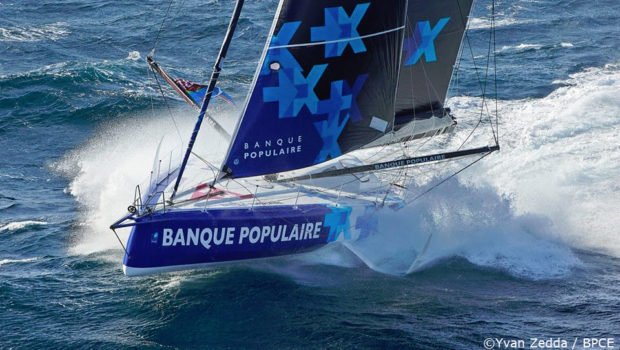
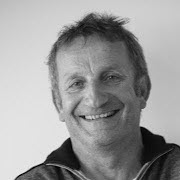


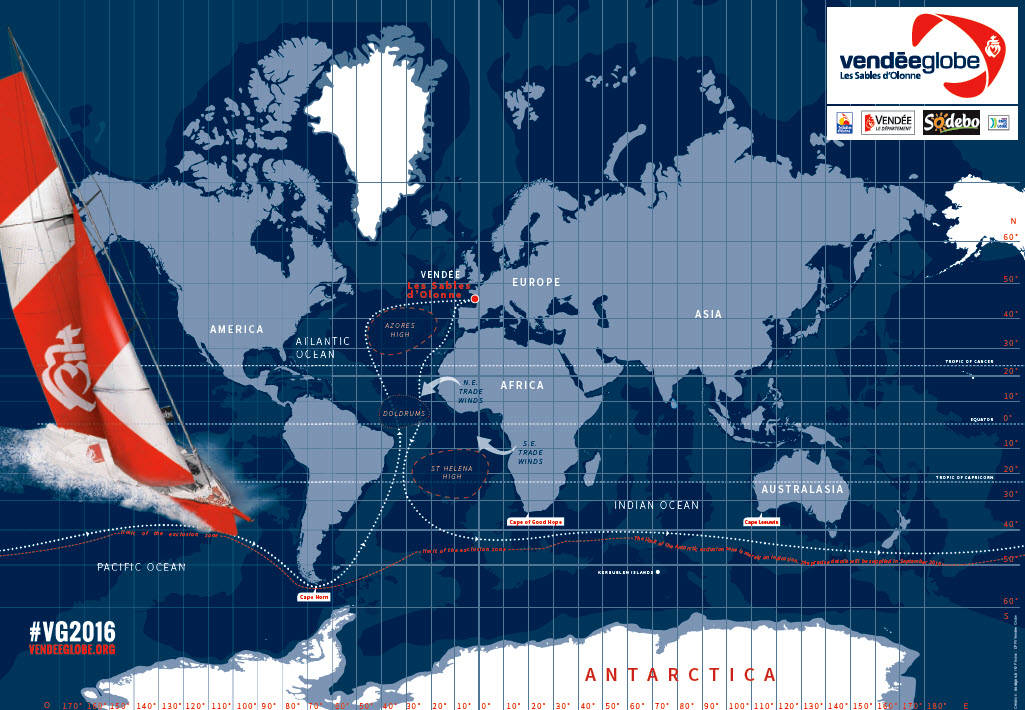

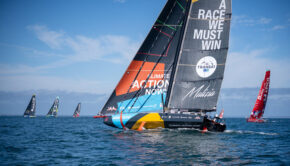
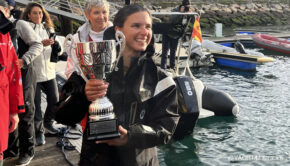
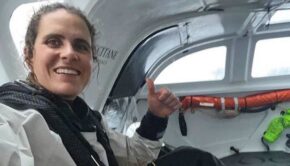
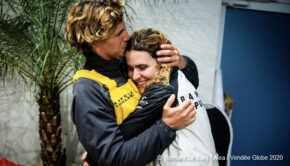
 We’ll keep your information safe.
We’ll keep your information safe.